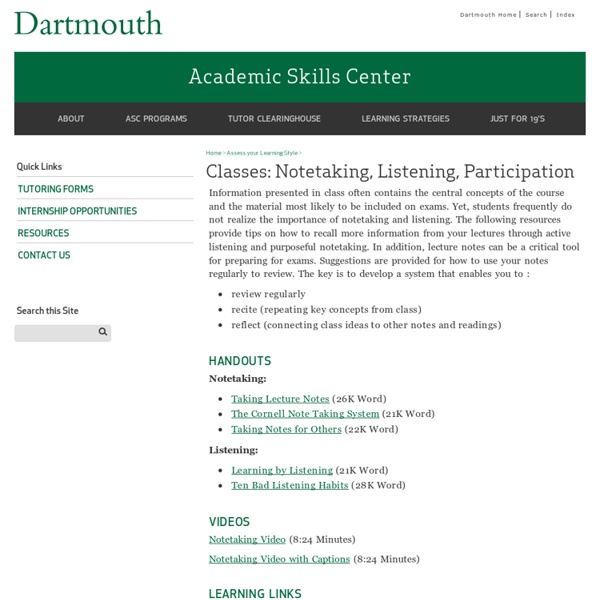Zoom
Trash
Related:



com -- Discussion Questions and Projects for Use With Any Film that is a Work of Fiction Note: In some of the questions we have used the term "major characters." Before asking the questions, have the class identify the major characters. In addition, these questions can also be limited to one or more characters. Characterization is delineated through: (1) the character's thoughts, words, speech patterns, and actions; (2) the narrator's description; and (3) the thoughts, words, and actions of other characters. When students analyze character, they should be reminded to have these three sources in mind. Adapted from California English-Language Arts Content Standards - Grade 7, Reading 3.3 1. This question can be modified by naming the character which is the subject of the question. 21. [This question is designed to be asked after question #2.] 4. [This question can be limited to one particular character.] 7. [Try modifying the question by naming the character or a group of characters.] 9. [This question can be modified by naming one or several symbols as the subject for analysis.]
Listen Actively and Take Great Notes - Listen Actively and Take Great Notes - McGraw Center - Princeton University Chances are, you'll take quite a few lecture courses at Princeton. You can maximize what you learn in and from lecture by following three easy steps: 1) adopt active listening skills; 2) take clear, effective notes; and 3) review your notes within 24 hours of taking them. Listen actively in lecture Get to class early so that you can choose a seat free of distractions and close to the lecturer. Take good notes during lecture using the Cornell Method of Note taking Using only one side of your paper, draw a vertical line a few inches from the left side of the paper and a horizontal line a few inches up from the bottom of the page. Fill in and review notes after lecture Review your notes within 24 hours of taking them. Following these steps will help you to store information in your long-term memory and better learn your course material the first time around—a real time saver when it comes to reviewing for quizzes, test, and exams.
How to use a semicolon How to take lecture notes quickly. Common abbreviations and symbols for students « Essay writing help and study advice Abbreviations and symbols save time. They shorten words and phrases. For example an abbreviation or the word ‘paragraph’ is para. It’s a good idea therefore for students to use them when writing short-hand notes quickly during lectures and from books and other resources. Keep this list of common academic abbreviations and symbols near you in lectures and when studying until you know them. Frequently used abbreviations Frequently used numbers and symbols Less frequently used abbreviations Which abbreviations are used in your subject area? Most abbreviations should NOT be used in essays and coursework as they are generally too informal – some acronyms can be used (although they should be written fully at first) such as the NHS (National Health Service), United Kingdom (UK) and the United States (US) to name a few.
Video Game Cheats, Codes, Cheat Codes, Walkthroughs, Guides, FAQs, Reviews, Previews, News, Videos for Xbox 360, PS3, Wii, PC, PS2, 3DS, PS Vita, PSP, DS, Xbox, GameCube, GBA, and more from Cheat Code Central. Plugged In The Chainsmokers When an EDM DJ duo from New York City decided to script a dance track with the kinds of things people say and do at dance clubs, it became a viral hit—one that satirizes and celebrates the cultural obsession known as the selfie. More Music The Good Wife UPDATED REVIEW: Just because she's the good wife doesn't mean she's staying home and cleaning the kitchen. She's a hotshot lawyer, after all, not a domestic engineer. More TV Dark Souls II The incredibly difficult Dark Souls franchise delivers another 40-plus hour journey into a virtual world that's all about dying over and over and over and over. More GAMES Family Room Come on in! Book Reviews Did you know that Focus on the Family's thrivingfamily.com reviews books? Family Safety Protecting our families today is more vital than ever.
Marvel Chronology Project - Main Amazing Spider-Man .Info